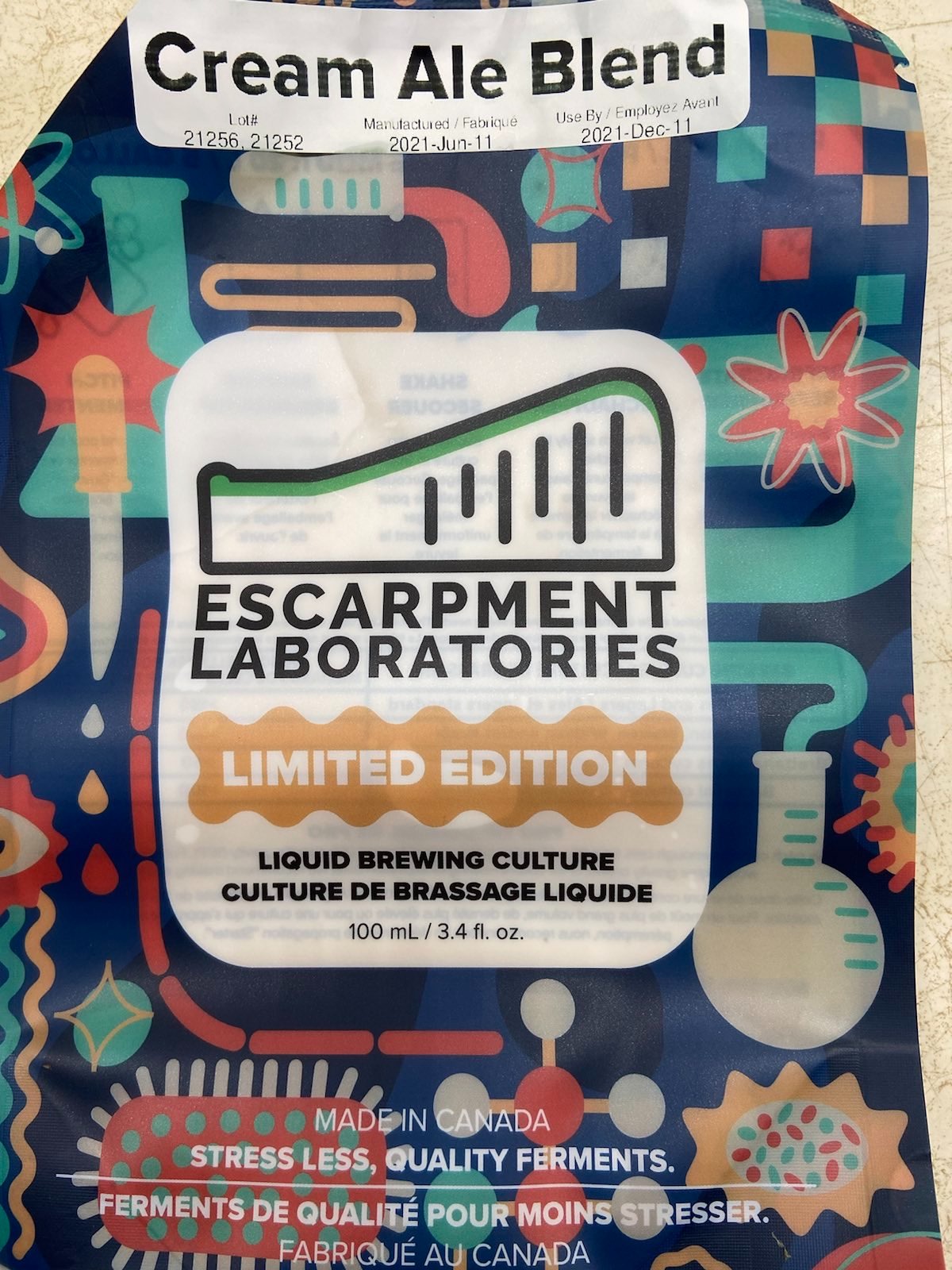No idea how to estimate the ratio. Maybe just eyeballing once it separates? It's sat over night.
View attachment 751633
I'm not overly concerned of the strain changing too much. I know as things stand I can go back to the vendor. I'll definitely brew this again within the 3-6 months.
I just got up, still having my morning cappuccino and for a second there I was like WHOA! Holey Crap on a Cracker that's a LOT OF YEAST from one batch of beer! Then I realized it was a gallon jug and not a 6 gallon carboy!
The strain will change but no biggie. It will adapt to your ingredients and brewing temp, mostly. A mixture will often see one yeast or the other sort of take over. My current yeast started out with me pitching HotHead into a batch with a gravity higher than what one pack is supposed to be good for. So I did a braces and suspenders approach and also pitched a pack of dry BE-256 sorta just to be sure. HotHead really likes temps in the 90's and my fermentation setup is with no temperature control, inside an air conditioned house at around 72 or 73 degrees, more like where the Belgian ale yeast thrives. The BE-256 definitely seems to be taking over a bit more with each generation, but that's perfectly okay. It takes off vigorously but not out of control and is mostly done after 3 or 4 days and all the way done after three weeks, and the results are delicious. It would be interested to pitch outdoors in 80's or 90 degree temps and see if the HotHead comes back to the fore or not.
TBH the main reason I save yeast is to save money, but if it made sucky beer then that would be false economy. I have begun using starters, though. I just mix up a high gravity base with DME in a quart of water, chill it a bit, and add 2/3 cup or so of the yeast. I do give it a big ol swirl first, since the small addition can be oxygenated and still not raise the dissolved O2 very much in the starter, if that is even really an issue. After all, I am oxygenating the wort, pouring it into the fermenter. Anyway I make my starter the day before and it comes out a bit over a quart. It is usually working hard the next day and is ready to pitch, and I dump the whole thing, liquid and all, in the wort since it is high enough gravity and color to fit right in to my beer. I may also start saving a quart or two of fresh wort from each batch and canning it in the pressure cooker so I don't have to bother with the DME anymore. Then the yeast will get started chomping on exactly the same beer I want them to get accustomed to, and I won't have to boil and chill before adding the leftover yeast, just pour starter wort and yeast in sanitized gallon jug with a stopper and airlock and let it sit overnight to wake up and breed and eat.
The starter allows me to reduce the impurities introduced with old yeast without washing or rinsing or whatever while still putting an overwhelming monster pitch of yeast into the fermenter. So I take and reserve a quart or two for future canned starter base, then add the one quart starter to the batch. There is a nice symmetry there that I like.
Pitching packaged yeast is "safer" maybe, but your yeast sort of becomes an old friend after while. As long as it's working well and you are brewing the same type of beer, no reason to change a thing. If something is wrong with the yeast, you will know it by the starter before you pitch it, and then you can instead pitch those little envelopes of dry yeast you have been storing in the butter shelf of your fridge the last several months, and start the process all over again.



































![Craft A Brew - Safale BE-256 Yeast - Fermentis - Belgian Ale Dry Yeast - For Belgian & Strong Ales - Ingredients for Home Brewing - Beer Making Supplies - [3 Pack]](https://m.media-amazon.com/images/I/51bcKEwQmWL._SL500_.jpg)

























